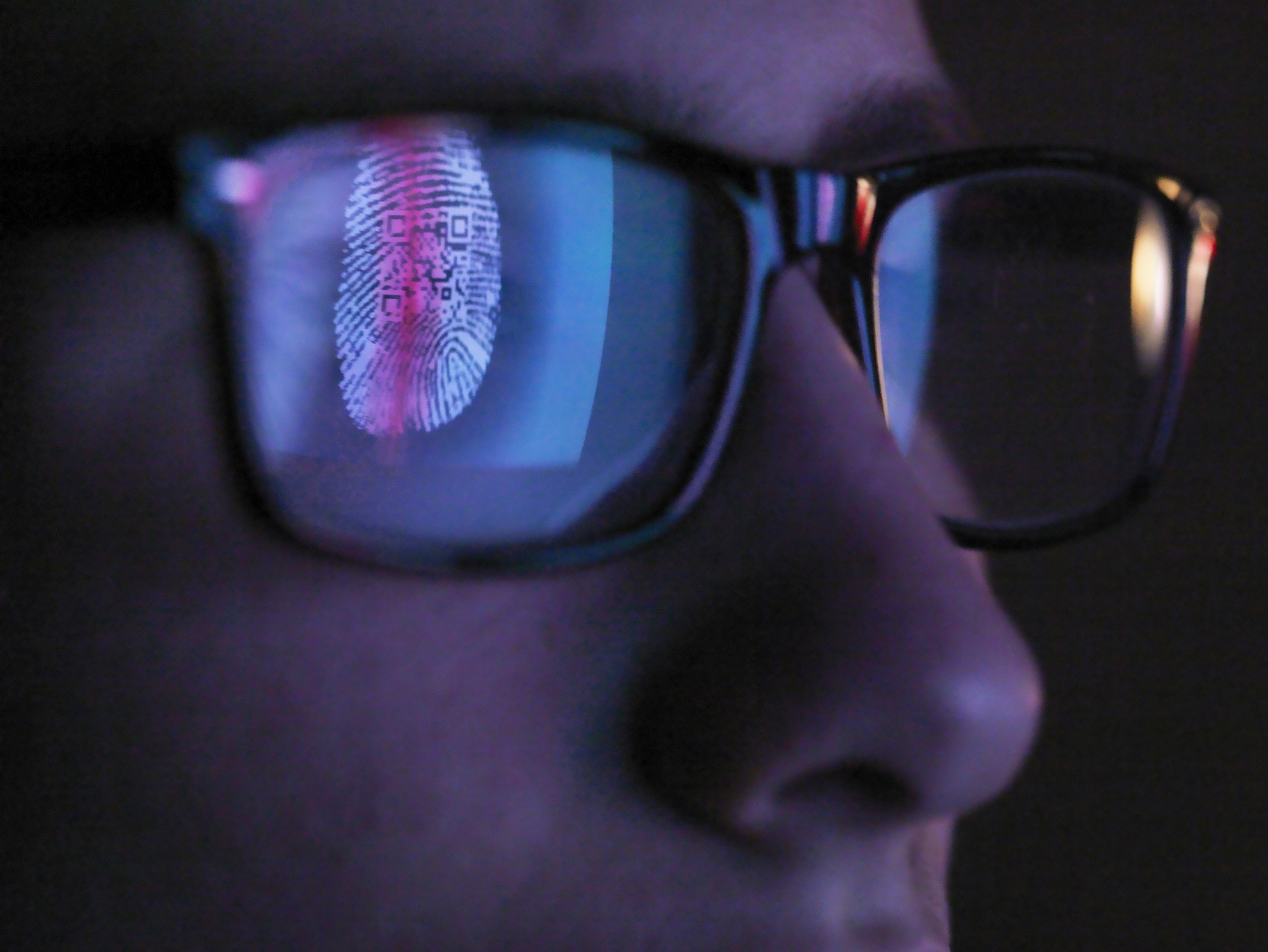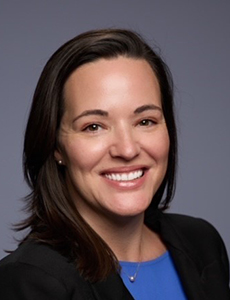Education’s Little-Known Safety Net

Student Accident insurance provides critical coverage for K-12 students during school activities, yet families are usually unaware it exists until an accident occurs, according to Michael Flood, VP of Accident & Health Division at Philadelphia Insurance Companies.
Student accident insurance typically covers medical expenses resulting from accidents during school activities, including classroom activities, sports, field trips and sometimes travel to and from school. Most policies include two coverage layers: a basic accident layer covering expenses up to around $25,000 per student per accident, and a catastrophic layer for expenses beyond that threshold, potentially up to $5-6 million.
“Some school districts, often at the county or state level, opt to forego the basic coverage and only secure the catastrophic coverage,” Flood said.
“In such cases, they inform parents that they are responsible for the first $25,000 of medical expenses, and the school district’s policy will cover claims exceeding that amount, up to the specified catastrophic limit.”
Although athletic injuries might be the first exposure that comes to mind, schools can choose from a menu of covered activities based on their experience and mission.
“In some jurisdictions, nearly all public schools have insurance coverage for school activities, but the extent of coverage varies by school district,” explains Flood. “Schools can choose which risks or exposures they want to cover.”
The insurance interacts differently with existing health coverage. For families with private health insurance, the school’s accident policy acts as secondary coverage, helping with deductibles, coinsurance and copays.
“If the student’s family has private health insurance, they must first file the claim with their own health insurance provider,” Flood said. “The student accident plan can then cover medical expenses not covered by their private health insurance, such as deductibles, coinsurance, and copays.
However, “by law, if the family is covered under Medicaid or Medicare, the accident insurance plan must be the primary payer,” Flood notes.
In today’s health care landscape, families often face high annual deductibles, sometimes reaching $4,000 to $5,000. Even with private health insurance, these out-of-pocket costs can be a significant financial burden for families. The student accident plan helps alleviate this burden by covering these expenses.
Despite the value of the coverage, awareness of it remains low.
“I would estimate that around 85% of families with children in schools are unaware of the existence of this coverage,” said Flood. This creates a situation where families might struggle with medical expenses unnecessarily when support is available.
Market Conditions and Pricing Factors

Michael Flood, VP of Accident & Health Division, Philadelphia Insurance Companies
Unlike some insurance products, student accident coverage isn’t mandated in any state, though state regulations can influence adoption rates. “In New York, a law passed in the 1970s allowed public school districts to include the cost of student accident insurance in their district taxes. As a result, almost every school district in New York has this coverage,” Flood explains. Conversely, “in some Midwestern jurisdictions, it is highly unusual for public school districts to have student accident insurance.”
The market structure differs significantly between institution types. “The charter and private school market has been incredibly soft for the past thirty years,” said Flood, with rates remaining largely unchanged due to their reduced exposure to high-risk sports. Public schools, with broader sports programs and typically less supervision, face more volatile pricing based on claims experience.
The softness in the private and charter school market is primarily due to their lesser sports exposure, especially in high-risk sports like tackle football, compared to public schools. However, there are exceptions, with some premier private schools having first-class football and soccer teams, making them more akin to public schools in terms of risk exposure.
On the other hand, public schools consistently have broad sports exposure and tend to have less supervision due to their size. These factors combined lead to higher claim frequency and more severe claims. Public school business is rarely manually rated and is usually experience-rated based on the prior three to five years of claim history, Flood said.
Socioeconomic factors heavily influence underwriting. Higher unemployment rates typically increase claim frequency since fewer families have private health insurance and more rely on Medicaid. Additionally, families with high-deductible health plans often seek reimbursement from student accident policies to offset out-of-pocket costs.
Best Practices for Coverage and Claims Management
Schools should evaluate coverage needs holistically rather than focusing solely on athletics. “The cost to extend coverage to all school activities is usually minimal since most claims come from sports anyway,” Flood advises. Comprehensive coverage provides better protection against lawsuits while supporting the school community.
Claim frequency is trending up slightly, but the main drivers are not related to a more violent or uncivil society, according to Flood.
Instead, it’s largely due to more families having high deductibles that strain their budgets or being covered under Medicaid.
“These families often prefer to take their children, especially those involved in sports like soccer or basketball, to specialists rather than Medicaid-approved doctors because they want the best care possible.
“These factors are significantly driving up claim activity in the K-12 education insurance space,” he added.
Claims management requires specialized expertise. “Most insurance companies that underwrite this business outsource the claim handling to a third-party administrator with the necessary expertise,” Flood explains. “Having a strong customer service team at the claim office is crucial to handle parent inquiries effectively.”
Schools should consider policyholder education as a risk management strategy. With most families unaware of coverage until after an accident, proactive communication can improve the claims experience. While policies typically require notification within 90 days, most insurers allow claims submission within a year, recognizing delays in private insurance processing and parent awareness.
For risk managers in the education sector, considering non-traditional exposures is increasingly important. Student internships and school violence events are covered under some of the more comprehensive policies.
“In most cases, anyone acting in self-defense would be covered under a student accident policy,” notes Flood, though “in a school shooting, the shooter would not be covered, but the impacted students would be.”
By understanding the breadth of available coverage and implementing transparent communication strategies, schools can maximize the protective value of student accident insurance while minimizing family financial burdens during already challenging times. &











